Colour—what it represents and how it can work in the classroom
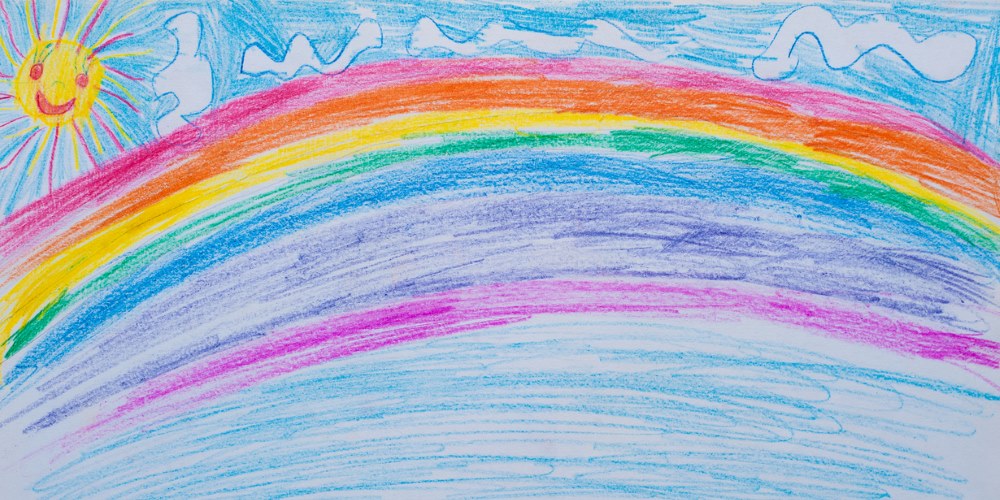
Creating an inspiring learning environment is a challenge many teachers face. From classroom layouts to learning stimuli, there are many elements to consider—colour being a prime example.
Selecting the right colours to promote learning and fire the imagination while maintaining a calm environment is no mean feat. Too much stimulation can create a restless atmosphere for children, and yet an overly bland colour scheme can demotivate them.
To learn more about the perception of colour and how it can be applied to the classroom, we delved into the research.
The influence of colour
Colour psychology is an effective tool that is commonly used in marketing, whether it’s to target branding or increase productivity in the workplace. Applying these same principles to the classroom could give schoolchildren a similar boost by creating an inspiring learning space.
For example:
Blue promotes communication and relaxation.
Green is another relaxing colour, evoking feelings of competition and new beginnings.
Red signifies energy and drive.
Orange is synonymous with joy and creativity.
Yellow increases concentration, decision-making and productivity.
Pink is a nurturing and loving colour.
Violet represents inspiration and diplomacy.

The world's favourite colour
We are all familiar with having a ‘favourite’ colour. From an early age many children identify with their preferred shade, selecting clothing, toys, bedroom decor and accessories to reflect their choice.
Despite there being a whole spectrum of colours to choose from, a global survey shows that blue is the favoured colour in 10 countries, spanning four continents.
A further study confirms blue’s popularity among both males and females and across all age groups, with the colour attracting 42% of the votes when measured against nine other colours on the spectrum—red, green, yellow, purple, black, white, purple, orange, grey. And another study carried out by Crayola focused purely on the opinions of children—again, blue took the majority of votes as the overall favourite colour.
Blue has also proved effective in web design, according to designer Paul Herbert, favoured by the likes of Twitter, Facebook and Google. Laurie Pressman, Vice President of the Pantone Colour Institute, comments on blue’s online popularity:
“Blue is not only the most popular colour on the web today, it is also the most popular colour on the spectrum internationally. Long associated with the serenity of a clear blue sky and the cleansing waters of tranquil seas, the human mind embraces the concept of blue as constant, translating it into a symbolic message of dependability and loyalty.”

Team colours
Many schools operate a house point system where teams are represented by colours—typically red, blue, green and yellow. Here we take a look at how these colours work in the classroom:
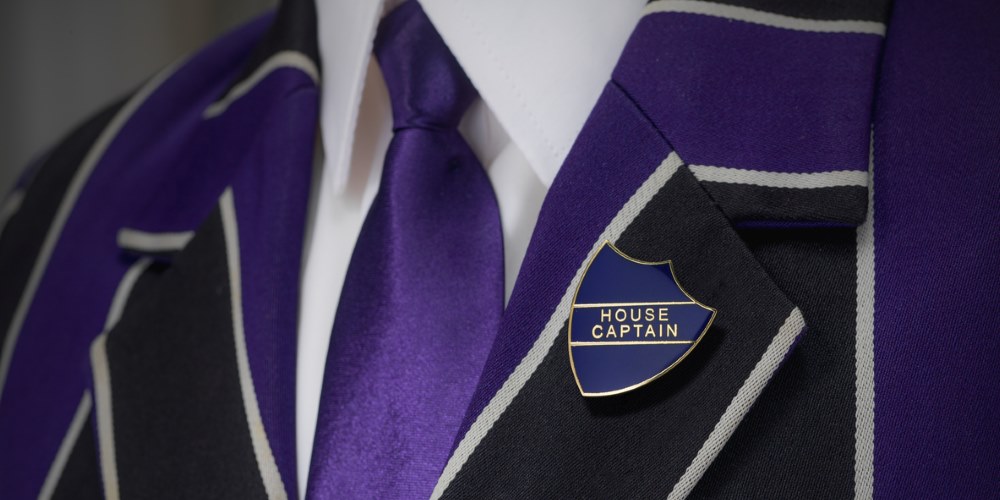
Team Blue
Blue evokes feelings of positivity and calm and ranks highest in its association with trust, security and reliability. According to Karen Schloss, assistant professor of psychology at the University of Wisconsin-Madison, it is really hard to think of negative things that are naturally blue:
“It turns out, if you look at all of the things that are associated with blue, they're mostly positive.”
Blue’s calming nature makes the colour a good choice for classroom décor.
As a school ‘house’ colour, blue signifies trust and reliability, giving the team a strong and positive persona.
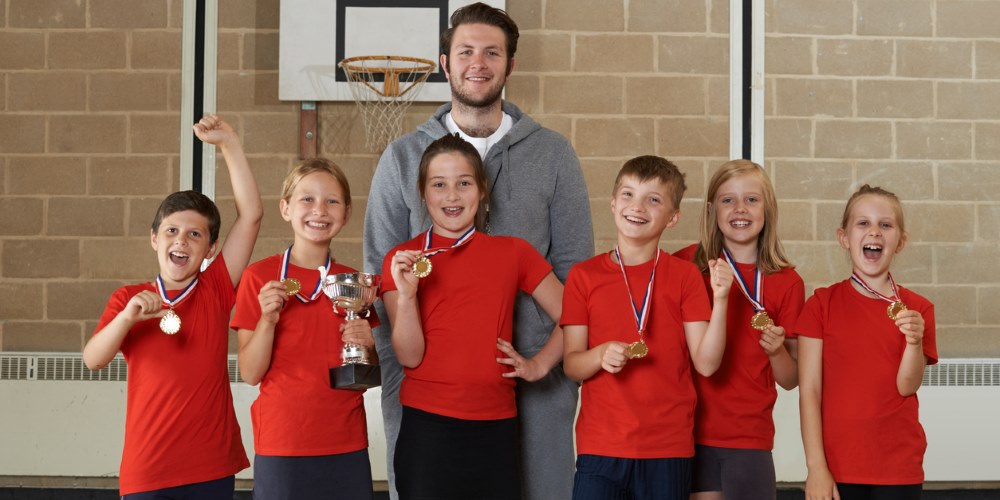
Team Red
Red is an exciting, competitive colour and is often associated with high performance in sports. Top English football teams Manchester United, Liverpool and Arsenal traditionally play in red, with United’s nickname ‘The Red Devils’ chosen specifically to appear intimidating. The association between red and winning is backed up by scientific research, which cites that wearing red in combat sports significantly increased the chances of victory.
As a school ‘house’ colour, red’s competitive image makes it a popular choice, especially for sporting events.
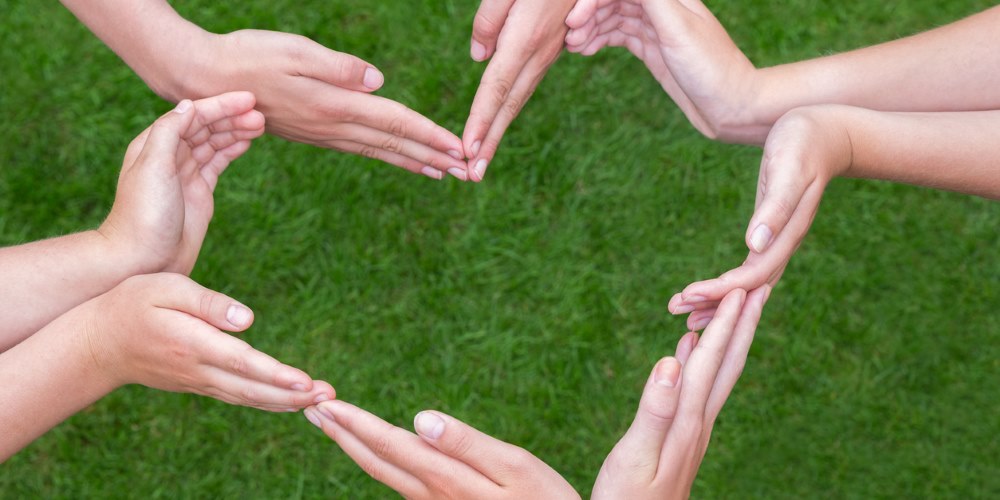
Team Green
Green is another optimistic colour, shown in research to evoke mainly positive emotions such as relaxation and comfort, due to its association with nature. With one of the lowest wavelengths on the light spectrum, green promotes restfulness, while increasing efficiency and focus. Happiness, comfort, peace, hope and excitement are also commonly linked with green.
As with the colour blue, incorporating shades of green into the classroom can create a positive learning environment.
As a school ‘house’ colour, green promotes happiness, peace and focus, ideal for harmonious teamwork.
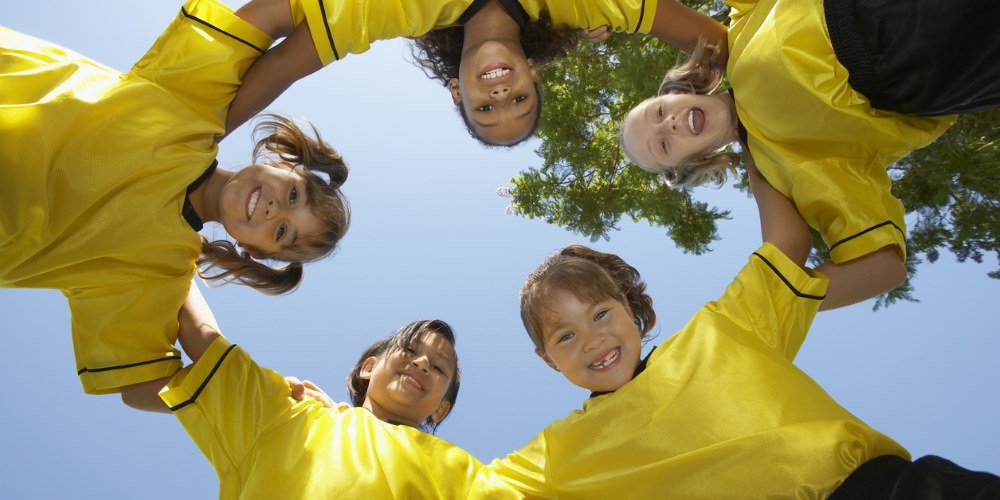
Team Yellow
Yellow is bright, cheery and attention-grabbing, associated with sunshine and happiness. With good reason—the colour helps stimulate serotonin, the brain’s happiness chemical.
Although yellow doesn’t perform too well in the popularity ratings, it is positive when used in a learning environment. Dr Pam Schiller, former Head of Early Childhood Department at the University of Houston, cites yellow as the optimum colour for maintaining pupils’ attention, as well as encouraging creativity and positivity.
As a school ‘house’ colour, yellow represents positivity and hope, positioning the team as a lively and fun contender.

Creating an inspiring learning environment is a challenge many teachers face. From classroom layouts to learning stimuli, there are many elements to consider—colour being a prime example.
Selecting the right colours to promote learning and fire the imagination while maintaining a calm environment is no mean feat. Too much stimulation can create a restless atmosphere for children, and yet an overly bland colour scheme can demotivate them.
To learn more about the perception of colour and how it can be applied to the classroom, we delved into the research.
The influence of colour
Colour psychology is an effective tool that is commonly used in marketing, whether it’s to target branding or increase productivity in the workplace. Applying these same principles to the classroom could give schoolchildren a similar boost by creating an inspiring learning space.
For example:
Blue promotes communication and relaxation.
Green is another relaxing colour, evoking feelings of competition and new beginnings.
Red signifies energy and drive.
Orange is synonymous with joy and creativity.
Yellow increases concentration, decision-making and productivity.
Pink is a nurturing and loving colour.
Violet represents inspiration and diplomacy.

The world's favourite colour
We are all familiar with having a ‘favourite’ colour. From an early age many children identify with their preferred shade, selecting clothing, toys, bedroom decor and accessories to reflect their choice.
Despite there being a whole spectrum of colours to choose from, a global survey shows that blue is the favoured colour in 10 countries, spanning four continents.
A further study confirms blue’s popularity among both males and females and across all age groups, with the colour attracting 42% of the votes when measured against nine other colours on the spectrum—red, green, yellow, purple, black, white, purple, orange, grey. And another study carried out by Crayola focused purely on the opinions of children—again, blue took the majority of votes as the overall favourite colour.
Blue has also proved effective in web design, according to designer Paul Herbert, favoured by the likes of Twitter, Facebook and Google. Laurie Pressman, Vice President of the Pantone Colour Institute, comments on blue’s online popularity:
“Blue is not only the most popular colour on the web today, it is also the most popular colour on the spectrum internationally. Long associated with the serenity of a clear blue sky and the cleansing waters of tranquil seas, the human mind embraces the concept of blue as constant, translating it into a symbolic message of dependability and loyalty.”

Team colours
Many schools operate a house point system where teams are represented by colours—typically red, blue, green and yellow. Here we take a look at how these colours work in the classroom:

Team Blue
Blue evokes feelings of positivity and calm and ranks highest in its association with trust, security and reliability. According to Karen Schloss, assistant professor of psychology at the University of Wisconsin-Madison, it is really hard to think of negative things that are naturally blue:
“It turns out, if you look at all of the things that are associated with blue, they're mostly positive.”
Blue’s calming nature makes the colour a good choice for classroom décor.
As a school ‘house’ colour, blue signifies trust and reliability, giving the team a strong and positive persona.

Team Red
Red is an exciting, competitive colour and is often associated with high performance in sports. Top English football teams Manchester United, Liverpool and Arsenal traditionally play in red, with United’s nickname ‘The Red Devils’ chosen specifically to appear intimidating. The association between red and winning is backed up by scientific research, which cites that wearing red in combat sports significantly increased the chances of victory.
As a school ‘house’ colour, red’s competitive image makes it a popular choice, especially for sporting events.

Team Green
Green is another optimistic colour, shown in research to evoke mainly positive emotions such as relaxation and comfort, due to its association with nature. With one of the lowest wavelengths on the light spectrum, green promotes restfulness, while increasing efficiency and focus. Happiness, comfort, peace, hope and excitement are also commonly linked with green.
As with the colour blue, incorporating shades of green into the classroom can create a positive learning environment.
As a school ‘house’ colour, green promotes happiness, peace and focus, ideal for harmonious teamwork.

Team Yellow
Yellow is bright, cheery and attention-grabbing, associated with sunshine and happiness. With good reason—the colour helps stimulate serotonin, the brain’s happiness chemical.
Although yellow doesn’t perform too well in the popularity ratings, it is positive when used in a learning environment. Dr Pam Schiller, former Head of Early Childhood Department at the University of Houston, cites yellow as the optimum colour for maintaining pupils’ attention, as well as encouraging creativity and positivity.
As a school ‘house’ colour, yellow represents positivity and hope, positioning the team as a lively and fun contender.
